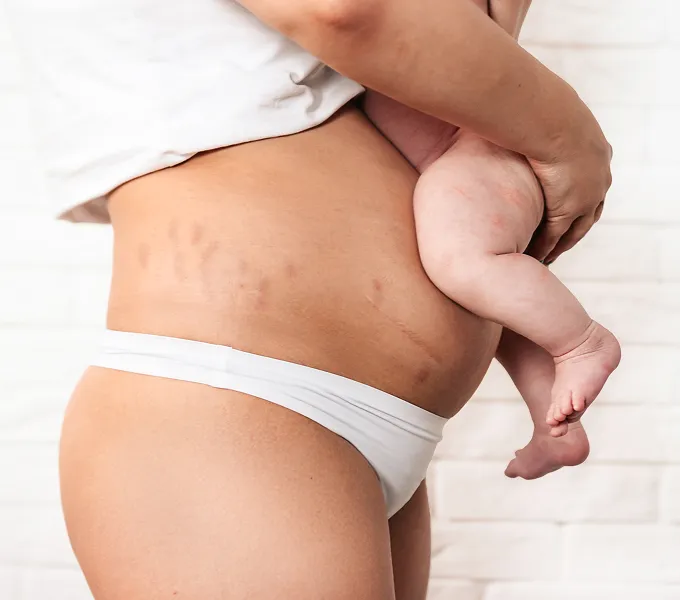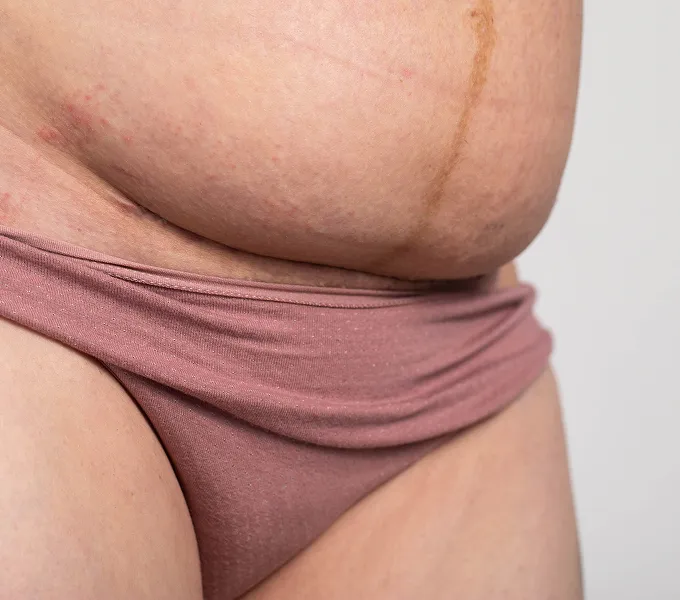
Birth Recovery: Healing from a Perineal Tear or Episiotomy
If you experienced a perineal tear or had an episiotomy during childbirth, you're part of a very big club. Research shows that 85% of individuals who give birth vaginally have some form of perineal trauma. But knowing that perineal injuries are a common occurrence doesn't make them any less painful or difficult to deal with. We're here to help.
Your tender perineal tissues need expert care and a lot of TLC. After birth, your OBGYN should have assessed the extent of the damage and given you clear instructions to promote healing and prevent complications. It's critical to follow your provider's guidance, as every injury is unique and more severe tears often require specialized care.
Consider the following info to be a compliment to your doctor's instructions, providing you with extra tips to stay comfortable in these first few days and weeks.
First Aid for a Perineal Tear or Episiotomy
There is sure to be swelling and tenderness in your vulvar and vaginal tissues in the first 24 to 72 hours after a perineal tear or episiotomy. During these first few days, try using the following 4 strategies to support healing and manage pain.
1. Soothe pain with ice.
Try taking 10 minutes to ice your vulvar tissues — repeating every couple of hours or whenever changing your pad. Ice packs, frozen peas, diy “padsicles” or even store-bought perineal cooling packs can be a great tool for keeping swelling at a minimum, and calming pain.
2. Rinse instead of wipe.
Avoid pain, and protect early wound healing by cleansing your vulva with a “peri bottle'' instead of wiping each time you use the bathroom. Try out warm and cool water to see which is more soothing. You may find yourself never wanting to give this habit up!
3. Opt for supportive undies.
Gently compressive undergarments can support wound healing, and improve your comfort as you heal.
4. Take a sitz bath.
After the first 72 hours are over, try soaking your bottom in a warm water bath (often referred to as a sitz bath). The warm water can help relieve pain and improve blood flow to assist with muscle relaxation.
Fill your tub with just enough to cover your bum and relax for 20 mins if you are able. There are many great recipes online for postpartum sitz baths, or grab some convenient pre-made products such as Freida Mom All-Natural Herbal + Epsom Salt Sitz Bath Tablets.
Pooping After a Perineal Injury
After a perineal tear or episiotomy, bruising and swelling can make the first few trips to the bathroom tricky, to say the least. Use the 5 tips below to make things go as smoothly as possible.
1. Up your water & fiber intake.
Healthy poops are easier to pass. Staying hydrated and eating plenty of fruits and vegetables will ensure that your poops are in prime form.
2. Chew gum.
There is some evidence that chewing gum in the early postpartum hours will speed up your ability to pass gas and have a bowel movement.
3. Prop your feet up.
When on the toilet, try putting your feet up on a squatty potty, a small stool, or even a trash can turned on to its side. This will help relax the muscles that need to lengthen to release stool.
4. Push out poop effectively.
Try relaxing your pelvic floor muscles while gently pushing with your abdominals. Avoid holding your breath — try exhaling like you are blowing out a birthday candle as you push.
5. Press on your perineum.
Cover a clean hand with toilet paper, and apply gentle upward pressure over the vulva and perineal body as you pass stool. This will help ease excessive stretch to your injured perineal tissues.
Get the Expert Support You Need
There's much more to postpartum healing than recovering from a perineal tear or episiotomy. More than half of individuals who give birth vaginally experience pelvic floor dysfunction — examples include painful sex, bladder leaks, and pelvic organ prolapse. Additionally, a third of birthing individuals still have diastasis recti, aka separated abs, one year after childbirth. Because of stats like these, the American College of Obstetrics and Gynecology (ACOG) has called for more and better postpartum medical care.
Pelvic floor physical therapy is one of the best ways to get the ongoing, expert care you need postpartum. Click here to find out more about postpartum care at Origin.




